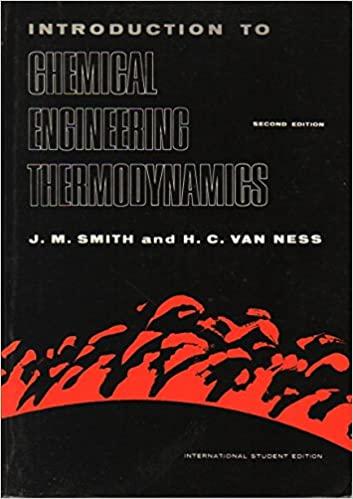Answered step by step
Verified Expert Solution
Question
1 Approved Answer
Inorganic Chemistry, Structures and Spectroscopy Answer All THREE parts ( a ) - ( c ) ( a ) With the aid of a diagram,
Inorganic Chemistry, Structures and Spectroscopy
Answer All THREE parts ac
a With the aid of a diagram, describe the theory behind Raman scattering. Include in your answer
i the selection rules for Raman scattering;
ii the origin of the three types of scattering that can be observed in normal Raman scattering; and
iii the reason for the difference in intensities observed in the three types of scattering.
b Describe the basic principles of how a Raman instrument operates. Include in your description the key components that are required and their function.
c The Raman spectra shown below were obtained from a dye, BODIPY FL The lower spectrum was obtained using laser excitation and the top one using laser excitation. Briefly discuss the main difference between the spectra and suggest the underlying reason.

Step by Step Solution
There are 3 Steps involved in it
Step: 1

Get Instant Access to Expert-Tailored Solutions
See step-by-step solutions with expert insights and AI powered tools for academic success
Step: 2

Step: 3

Ace Your Homework with AI
Get the answers you need in no time with our AI-driven, step-by-step assistance
Get Started


